
Read our 2023 annual report

Knowledge Hub
At Concern, gender equality, including the facts about gender-based violence and gender discrimination, factors into our work to end poverty.
The fifth of the UN’s 17 Sustainable Development Goals is to "achieve gender equality and empower all women and girls". Gender equality is important to achieving a fair, dignified, healthy, and creative future for all. Here are the facts on gender equality that help to explain this SDG, the targets against which it’s being measured, and the progress we’ve made so far.
On average, women have just 75% of the same rights as men
The first target of Sustainable Development Goal No. 5 is to end all forms of discrimination against all women and girls everywhere. The success of this will be measured against whether or not legal frameworks are in place to promote, enforce, and monitor gender equality and non-discrimination on the basis of sex.
According to the 2021 edition of ‘Women, Business, and the Law’, a report published annually by the World Bank, there are 88 countries that prevent women from working in certain jobs on the basis of gender. The World Bank also notes that there are 49 countries without laws against domestic violence, 45 countries without legislation against sexual harassment, and 112 countries where marital rape is not a crime. These are just some of the many legal gaps that keep women unequal to men in the eyes of the law. In order to reach gender equality, policies need to be put in place to protect women’s rights at home, in the workplace, and in public.
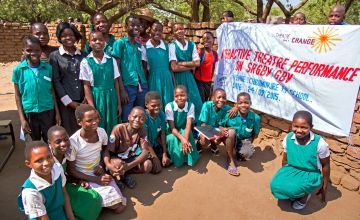
1 in 3 women will face gender-based violence in her lifetime
The UN’s second target for measuring gender equality is to eliminate all forms of violence against all women and girls in the public and private spheres, including trafficking and sexual and other types of exploitation. Affecting over 730 million women, gender-based violence is widespread, not a rare event. Regardless of class, ethnicity, age, sexual orientation, disability status or culture, GBV affects one out of every three women and girls and is strongly linked to gender inequality, poverty, conflict, and other crises such as COVID-19 lockdowns.
For example, the World Bank has ranked Pakistan as having one of the lowest levels of gender equality in the world. Correspondingly, the UN reports that 70 to 90% of Pakistani women experience some form of physical, emotional, or psychological abuse from a spouse or intimate partner. That said, GBV is a learned behaviour. It can also be unlearned with education for both women and men, and engaging men as allies for gender equality.
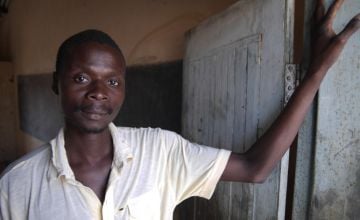
Child marriage rates are expected to increase due to COVID-19
Related to Target 2 of the fifth SDG, the UN lists Target 3 for gender equality as eliminating all harmful practices, such as child, early, and forced marriage and female genital mutilation, two of the key forms of gender-based violence.
Unfortunately, the pandemic has reversed progress on decreasing child marriage rates. The increase in poverty levels in the wake of COVID-related lockdowns has left many parents unable to care for all of their children. Many therefore turn to marrying off their teenage daughters so that they can be provided for by their husband and his family. This may seem like a solution, but it can leave girls vulnerable to a lifetime of suffering, including losing out on their education and facing domestic violence at home. Young girls are also more likely to die due to complications from pregnancy and childbirth if they become pregnant before their body has fully developed.
UNICEF estimates that 21% of married women aged 20-24 years were wed before their 18th birthday, many as young as 14 (or even younger). Each year, 12 million girls go to the altar before they’re legally adults, and a total of 650 million women and girls today were married as children. Many of these marriages happen in sub-Saharan Africa, particularly Niger, the Central African Republic, and Chad.
The good news is that progress can be made. In the last decade, 25 million child marriages were prevented, many in South Asia thanks to legislation and community engagement.
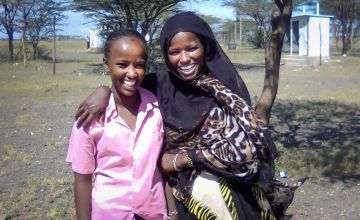
COVID-19 may also lead to an additional 2 million cases of FGM by 2030
Like child marriage, COVID-19 may also lead to an increase in cases of female genital mutilation. In 2022, 4.2 million girls and women were at risk for FGM, and the United Nations estimates an additional 2 million are at risk between now and 2030 due to pandemic-related disruptions and lockdowns. UNICEF reports highest incidences in parts of both the Horn of Africa and western Africa, including Mali, Guinea, Sierra Leone, Somalia, Eritrea, Egypt, and Sudan.
Women perform 2.6 times more unpaid care and domestic work than men
The fourth target for Sustainable Development Goal No. 5 is to recognise and value unpaid care and domestic work through the provision of public services, infrastructure and social protection policies and the promotion of shared responsibility within the household and the family as nationally appropriate. Currently, women perform more than double the amount of unpaid work in the home as their male counterparts.
When women are able to take on paid work, economies shift. According to a McKinsey Global Institute report, if women were to play an identical role in labour markets to that of men, as much as $28 trillion, or 26%, could be added to global annual GDP by 2025. Part of this hinges on women being able to earn an income without needing to also run their household by themselves. In many countries, this means we need to shift long-held attitudes towards what counts as ‘men’s’ and ‘women’s’ work.
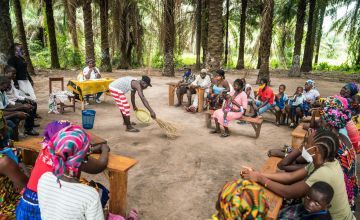
Globally, women only make up 25% of parliamentary and congressional representatives
Many of these challenges to gender equality need to be solved at the legislative level. In order to make this happen, we need to put more women at the policy-making table. Research has shown that governments with gender parity are more likely to focus on laws that bolster gender equality. Globally, however, women only make up approximately 25% of national parliaments. Only four countries have at least 50% female representation in their legislative branches: the United Arab Emirates (50%), Bolivia (53%), Cuba (53%), and Rwanda (61%).
This is one component of the fifth target for gender equality: ensuring women’s full and effective participation and equal opportunities for leadership at all levels of decision-making in political, economic and public life. However, change needs to happen from the top-down. In addition to national government, we are still a ways off from seeing women achieve parity in local government (the global average as of 2021 was 36%) and in managerial positions (28%).
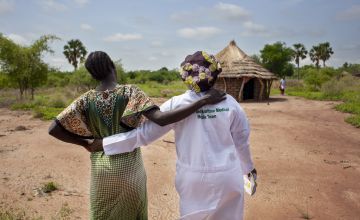
Every day, 808 women die due to complications during pregnancy or childbirth
That equals one woman every two minutes. And, as the United Nations Population Fund points out, for every woman who dies, an estimated 20 to 30 women encounter injuries, infections, or disabilities due to pregnancy and childbirth. The biggest takeaway, however, is that all of these incidents are preventable.
Access to quality maternal and child healthcare as well as family planning resources forms the sixth target of SDG No. 5: Ensure universal access to sexual and reproductive health and reproductive rights. These rights were accorded as part of the Programme of Action of the International Conference on Population and Development and the Beijing Platform for Action. Safe and voluntary family planning is a human right, and goes beyond birth control (although the UN estimates that 218 million women in low-income countries who want to avoid pregnancy are not using safe or effective family planning methods).
In many cultures, patriarchal structures mean that women are unable to go to the doctor without the permission of a male member of their family (husband, father, or brother). Without understanding the right they have to adequate medical care, many complications during pregnancy go unchecked and can become life-threatening for both mother and baby.
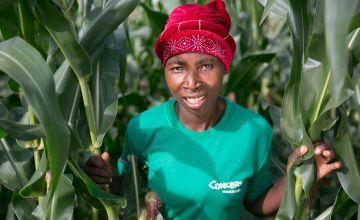
Women own less than 20% of the world’s land
The fifth Sustainable Development Goal also targets reforms to give women equal rights to economic resources, as well as access to ownership and control over lands and other forms of property, financial services, inheritance, and natural resources. In many of the countries where Concern works, we’ve found that women can farm land, but they cannot own it. Moreover, inheritance practices tend to favour men, and financial systems exclude women. There is no hope of overcoming poverty or establishing gender equality without changing these systems.
One programme Concern has employed towards this end is Village Savings and Loans Associations (VSLAs). In countries where women have fewer financial rights, VSLAs play an important role in gender equality, providing women access and ownership over income, savings, and decision-making power in the home. More than 70% of VSLA members are female.
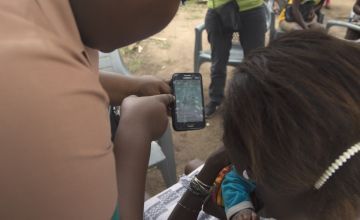
Technology is playing a large role in reaching gender equality
As part of SDG No. 5, the UN is seeking to enhance the use of enabling technology, in particular information and communications technology, to promote the empowerment of women. At Concern, we’ve seen this play out through many of our programs, especially our work from 2009 to 2016 with Innovations for Maternal, Newborn, and Child Health. Mobile phones have helped community healthcare nurses working in remote and rural areas of Ghana to stay in touch with their colleagues and mentors and provide a higher quality of care. They have also helped young mothers in Malawi get professional healthcare advice in-the-moment, both during and following pregnancy. In Kenya, technology has been used to find the best, data-driven locations for new health clinics.
It’s not a magic bullet, but, when used in the right way, technology can help advance many of the challenges to gender equality.




